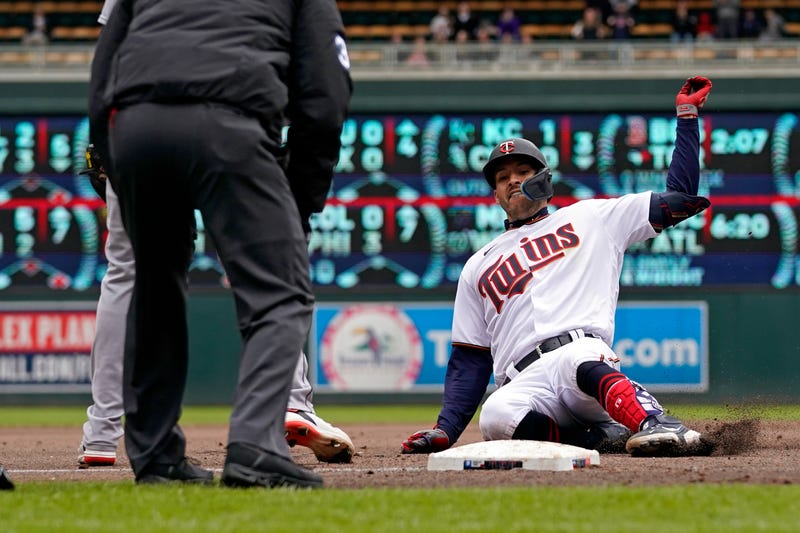
On Wednesday, April 20th the Twins lost 2-0 to the Kansas City Royals leaving them with a record of 4-8. While there were questions about the true quality roster coming into the season - understandable given the flurry of activity following the end of the lockout - expectations were decidedly higher than a winning percentage of .333.
While the starting pitching had been a pleasant surprise, the bullpen had too many shaky moments and the offense had been utterly dreadful. Over their first twelve games they hit .198/.291/.338 as a team for an OPS of .628 (nearly 50 full points below league average). Had we misjudged the quality of the lineup? Perhaps the value of Buxton and Correa at the top of the lineup overshadowed some serious question marks lower in the order? Or maybe it was just a small sample size and the numbers would eventually begin to normalize?
Whatever the case, things have changed dramatically over the last six games coming into the series finale with Detroit on Thursday. They’ve won all six on the backs of continued quality starting pitching, improved offense, solid defense… and some luck (thank you Chicago and Detroit defense).
Much of the focus from fans and media has been on the improved offensive numbers. And on the surface, the improvement is obvious. Over the six-game winning streak the Twins have hit .260/.348/.427 for an OPS of .776 (by way of comparison, the Angels lead MLB in OPS with a mark of .772 for the season). So how does a club increase its OPS by 50 points (.628 on 4/20 to .678 on 4/27) in just six games?
When you dig a little deeper, you see how subtle improvements can lead to big results. Over their first 12 games the Twins hit 1 HR per game. Over the last six? 1.3 HR/G. They’ve improved from 2.3 XBH/game to 2.7. Those don’t seem like huge increases, but they add up. The biggest improvement however? They’ve dropped nearly a full strikeout per game, going from 9.2 to 8.6. They’ve also increased their walk rate from 3.7 to 4.3. Again, not enormous leaps, but the results have been significant.
Who’s driving the increase? Byron Buxton has been a huge part of it. During the six-game streak he’s hitting .333/.391/.810 for an OPS Of 1.201. But believe it or not, he hasn’t been the hottest hitter on the Twins over that stretch. Catcher Ryan Jeffers has hit .333/.375/.933 for an OPS of 1.308. And Max Kepler has found his stroke, hitting .400/.520/.900 for an OPS of 1.420 over those six games.
And all of that is without the expected improvement of free agent acquisition Carlos Correa. Correa’s slow start isn’t a shock - he’s traditionally a slow starter who’s best months are usually May, June and July) - he’s having one of the worst starts of his career, hitting .167/.254/.250 so far in 2022. With career splits of .276/.349/.454, you’d have to expect his bat to come around. And when it does, if the rest of the lineup is able to maintain this recent improvement, and if the starters are able to maintain their strong start?
Look out!
Yes, those are a lot of “if’s”. And the odds of the club's current form holding en masse are small. And they’re about to face stronger competition as they head to Tampa. And, and, and…
And that’s baseball. It’s a six-month journey full of ups, downs and wild swings. What we know now that we didn’t know a week ago is that the potential of this lineup wasn’t just on paper. They can hit with the best teams in the league. And that gives them a chance to produce a memorable season.
